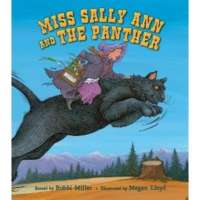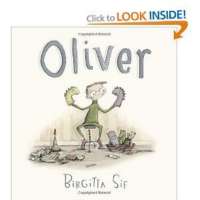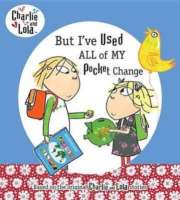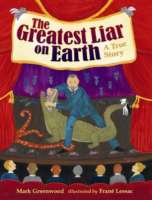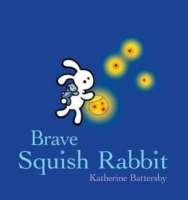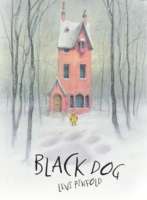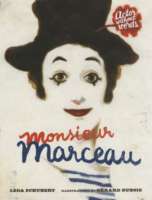
In January 2011, in a moment that captured the hearts of people all over the world, thousands of Egypt’s students, library workers, and demonstrators surrounded the great Library of Alexandria and joined hands, forming a human chain to protect the building. They chanted “We love you, Egypt!” as they stood together for the freedom the library represented.
Illustrated with Susan L. Roth’s stunning collages, this amazing true story demonstrates how the love of books and libraries can unite a country, even in the midst of turmoil.

